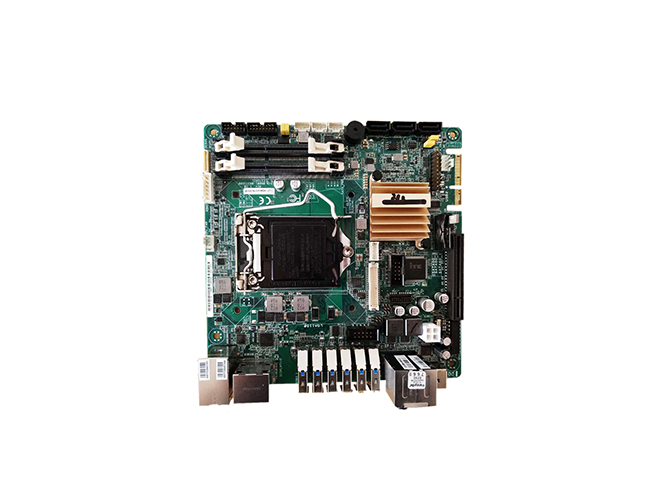-
CN
-
Service Hotline
+8618129931046 Mr. Liao


Time:2025-06-06 Views:1

The tin plating process for double - sided printed circuit boards (PCBs) is a crucial manufacturing technique that significantly impacts the electrical performance, soldering quality, and long - term reliability of the boards. This process involves depositing a thin layer of tin on the copper surfaces of the PCB, which serves multiple important functions.
One of the primary characteristics of the tin plating process is its ability to provide excellent solderability. Tin has good wetting properties with copper, meaning it can easily spread and adhere to the copper surfaces during the soldering process. This ensures strong and reliable solder joints when components are attached to the PCB. By forming a smooth and uniform tin layer, the process minimizes the risk of solder bridging, cold joints, or other soldering defects that could compromise the electrical connection.
The tin plating process also offers effective protection against copper oxidation. Copper is prone to oxidation when exposed to air, which can degrade its electrical conductivity and make soldering difficult. The tin layer acts as a barrier, preventing oxygen from reaching the copper substrate and thus preserving the integrity of the electrical traces on the double - sided PCB. This protection is especially important in environments where the PCB may be exposed to moisture, humidity, or other corrosive elements.
In terms of process methods, there are mainly two common approaches for tin plating on double - sided PCBs: electroless tin plating and electroplating. Electroless tin plating is a chemical process that does not require an external electrical current. It relies on a chemical reaction to deposit tin on the copper surface. This method offers advantages such as uniform coating thickness across complex PCB geometries, including vias and through - holes, and is suitable for PCBs with delicate or sensitive components. Electroplating, on the other hand, uses an electrical current to drive the deposition of tin ions onto the copper surface. It can provide a thicker and more controllable tin layer, which is beneficial for applications that require higher wear resistance or longer - term protection.
The thickness of the tin layer is another key characteristic of the process. Different applications may require different tin layer thicknesses. For general - purpose soldering, a relatively thin layer of around 0.5 - 1.5 micrometers may be sufficient. However, for PCBs that will be subjected to frequent handling, mechanical stress, or harsh environmental conditions, a thicker tin layer of 2 - 5 micrometers or more may be preferred. Additionally, the surface finish of the tin - plated layer can be adjusted through post - treatment processes, such as reflow soldering or hot - air leveling, to achieve the desired flatness and smoothness, further enhancing the soldering and assembly performance of the double - sided PCB.